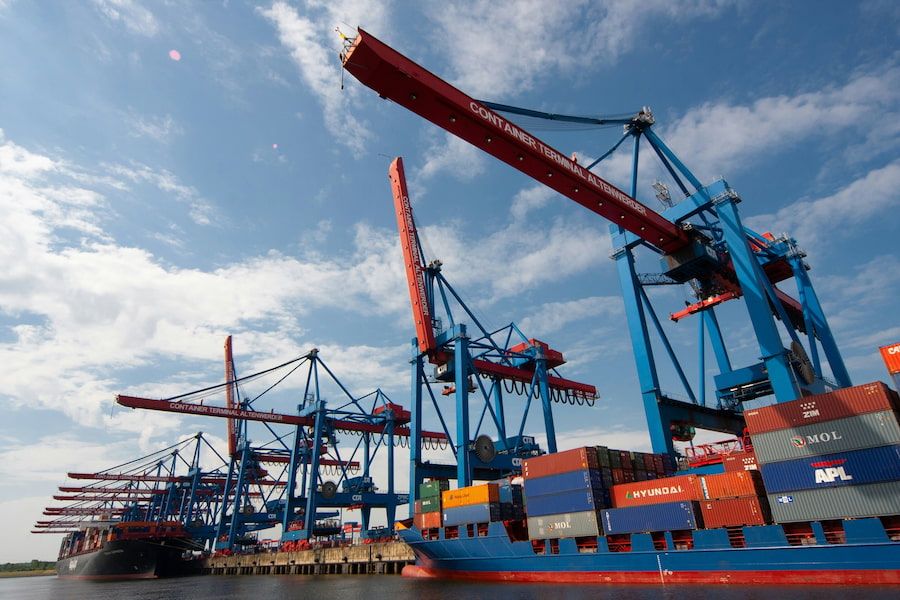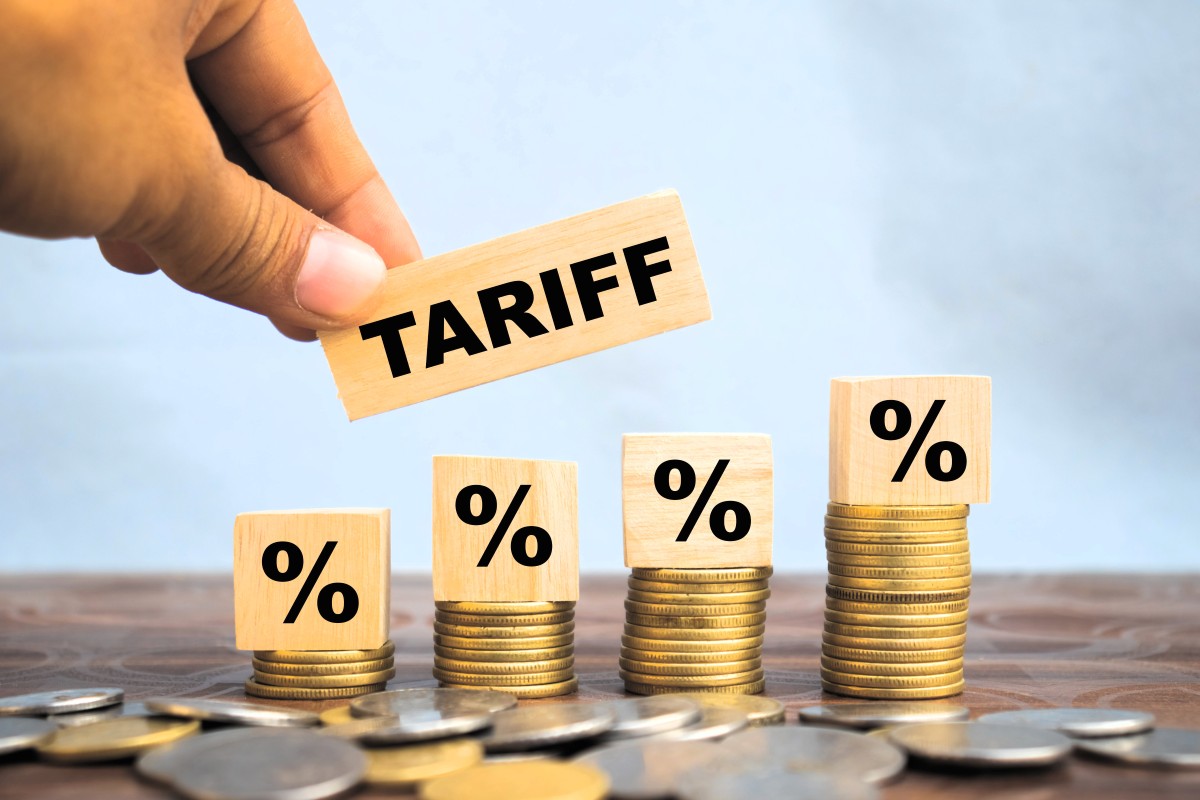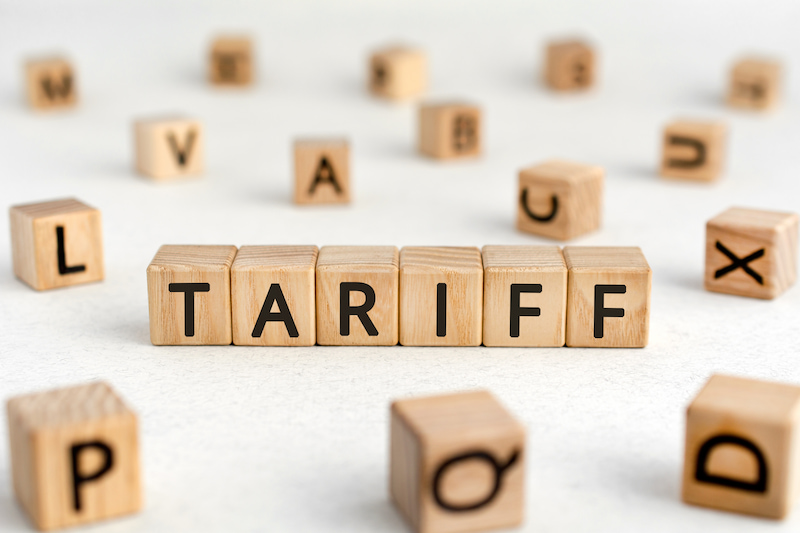Opportunities to increase exports to the US
The escalation of US tariffs on Chinese goods presents a significant opportunity for Vietnamese businesses to enhance their exports, according to Dr Irfan Ulhaq, another lecturer of Logistics and Supply Chain Management at RMIT University.
US buyers are seeking alternative suppliers, and Vietnam's strong manufacturing sector, particularly in electronics, textiles, footwear, and furniture, makes it a leading contender. Vietnam's trade agreements and cost-effective production capabilities provide a competitive advantage to secure long-term contracts with US importers.
“To fully exploit these opportunities, businesses should adhere to US trade regulations, ensuring transparency in product origin and quality standards. Investing in branding, research and development (R&D), and advanced manufacturing techniques will enhance their competitiveness,” said Dr Ulhaq.
The RMIT lecturer also highlighted the Vietnamese Government’s Decree 182/2024/ND-CP launching the Investment Support Fund to promote high-tech investments, including in semiconductors, AI, and R&D. Incentives under this decree offer additional financial support for expansion, innovation, and technological advancements, enabling businesses to secure their position in the US market.
However, Vietnam’s high dependence on US exports (currently accounting for around 30% of Vietnam’s total exports) also makes it vulnerable to US policy changes. Another significant risk is the rising cost of raw materials due to global supply chain disruptions, which could elevate production expenses and diminish export competitiveness.
To maintain sustainable growth, Vietnam should see these coming tariff changes as a motivation to develop traceability in its supply chains, said Dr Hung Nguyen, RMIT Senior Program Manager for Logistics and Supply Chain Management.
He explained that traceability in supply chains plays a critical role in helping Vietnam prove the originality of its products and distinguish them from Chinese products. This is especially important given the increasing scrutiny from the US and other global markets over transhipment, where goods are repackaged or relabelled in Vietnam to avoid tariffs on Chinese products.
“This trade war offers Vietnam the opportunity to restructure its supply chains. It is not sustainable to become just a waystation for simple packaging. Instead, the country would need more effort for technological value-added processes,” Dr Hung emphasised.
“Businesses should also proactively diversify sources of raw materials for production to avoid being affected by future anti-tax evasion investigations.”






